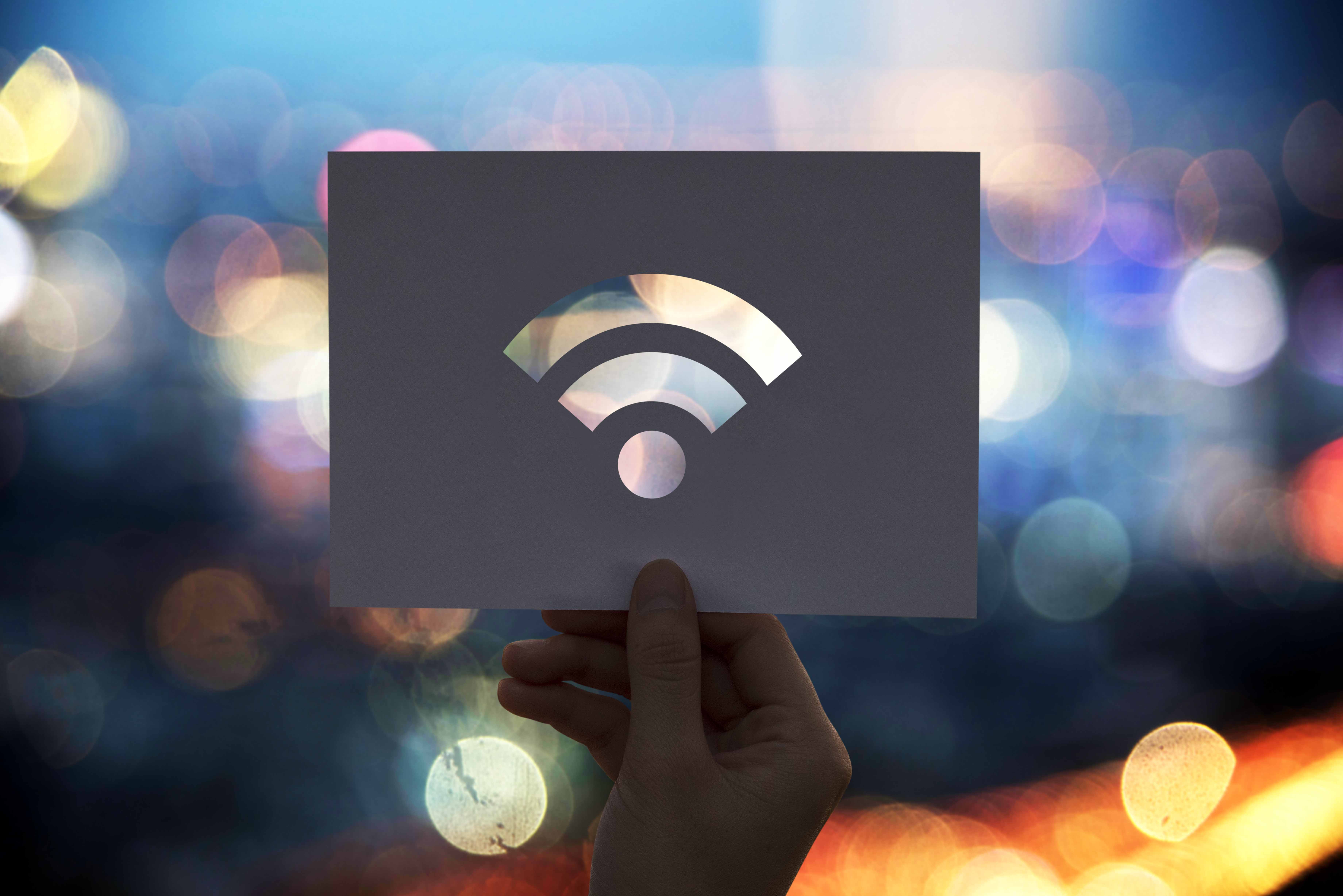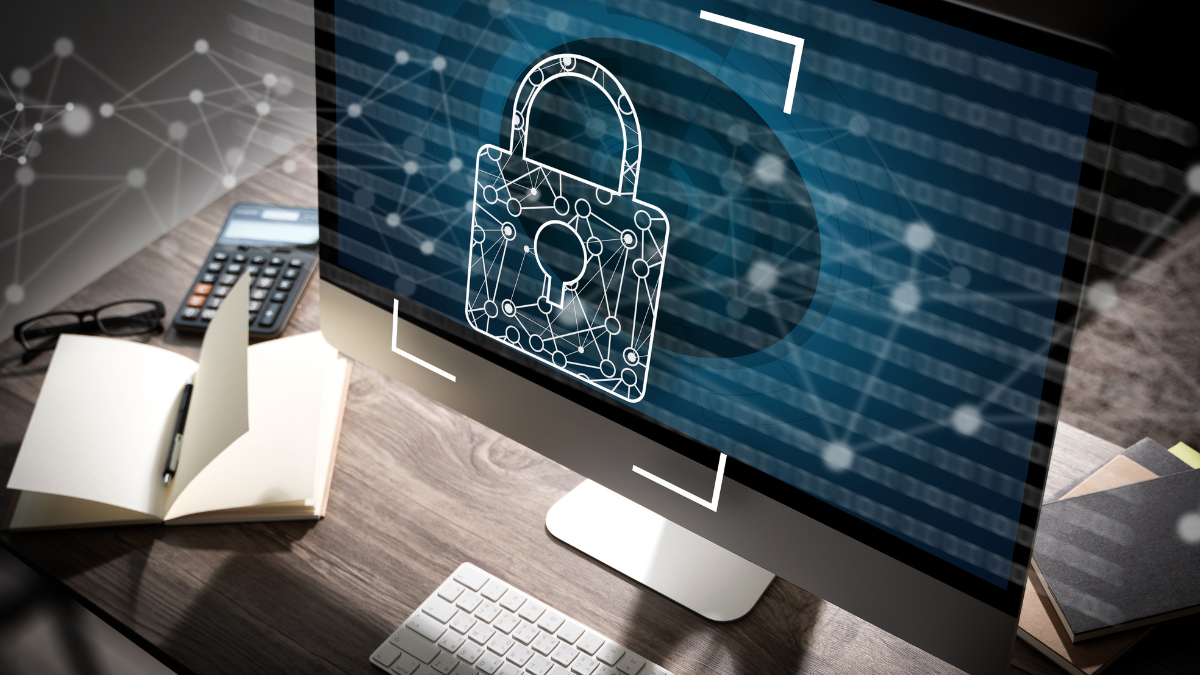The Internet enables businesses of all sizes and from any location to reach new and larger markets. In addition, it provides opportunities to work more efficiently through the use of computer-based tools. Wifi security should be part of the plan if the company uses emails or cloud computing.
Theft of digital information has become the most commonly reported fraud, surpassing physical theft. Every business that uses the Internet is responsible for creating a culture of security that will enhance business and consumer confidence.
Many employees access their emails and work networks through public Wi-Fi hotspots. However, there is a risk of hackers intercepting sensitive information such as login credentials. Many employees are unaware of the WiFi security threats that lurk in their favorite coffee shop and fail to take precautions. Even employees who are aware of WiFi security threats often ignore the risks.
Consumers may be willing to take risks on public Wi-Fi networks, but what about employees?
How to ensure the security of your employees’ home WIFI
It might not be apparent, but home wireless routers should be one of the most protected and secured devices in anyone’s home. More than computers, tablets, laptops, or smartphones. Why? Because a router is a gateway into personal information. If anyone is able to access one, then they are also able to access a plethora of sensitive data.
We are now also at a time when more people than ever are working from home. Although this transition has been going on for several years, it accelerated rapidly during the COVID-19 outbreak. As most companies conduct operations remotely whenever possible, the risks have increased.
Users have a need to access information from powerful unregulated home wireless networks. In other words, the protection of enterprise-grade routers and firewalls to the sensitive information is now useless.
Unfortunately, cyber criminals see the rise in remote work as an opportunity to infiltrate corporations
Businesses must ensure their remote workers’ Wi-Fi networks don’t risk exposing business data or secrets due to fixable vulnerabilities.
Home ownership is public information. A hacker can park near an employee’s home, steal their Wi-Fi credentials, and reroute the home network so that all traffic is sent to the hacker. The hacker can then infect the employee with ransomware, spy on corporate activity, or conduct other potentially devastating, malicious attacks.
According to an IBM study, human error is the cause of 95% of cybersecurity breaches. This staggering statistic indicates that people simply don’t know what to look for to protect their information. Few employees are well versed in regularly updating their router software to stay up to date on vulnerabilities, leaving countless attack vectors open at home.
Two Ways to Secure Employees’ Home Wi-Fi
- Educate Employees About Cybersecurity at Home
It’s vital to train staff members how to spot and handle phishing attacks and other forms of social engineering. Educate employees on common tactics such as phony emails and spoofed websites and to always double-check before entering credentials anywhere. While educating employees is an essential first step, the fact of the matter is that all it takes is one mistake by a single employee to put an entire organization at risk for an attack. - Secure Home Wi-Fi With Enterprise-Grade Networks
A WPA2-Enterprise network is the most frequent type used by organizations due to its increased security and customization capabilities. WPA2-Enterprise networks use a RADIUS server with Extensible Authentication Protocol (EAP) that ensures information sent to the RADIUS is protected. If employees are working remotely and accessing sensitive resources, you want to guarantee they have the best possible protection. WPA2-Enterprise is not only the best method for securing home WiFi networks; it’s become far more accessible in recent years
See how Soffid can help you stay ahead of the curve in a rapidly evolving digital world. Let’s discuss your project!
Picture: Imagen de rawpixel.com en Freepik





